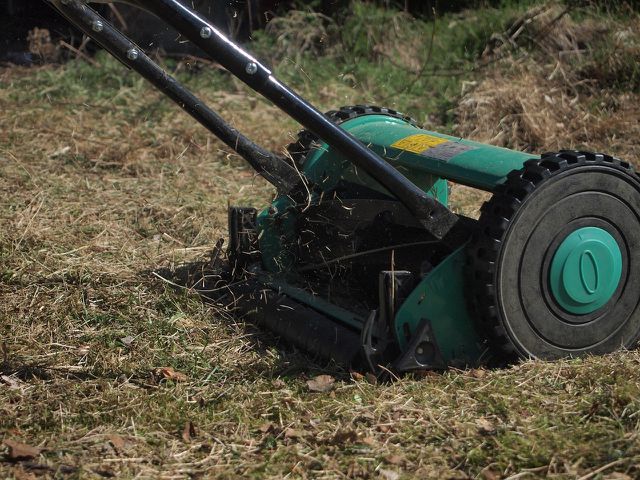Garden leaf beetles, also called June beetles, look like cockchafer, but they are pests. You get rid of them by prevention, setting traps, or applying natural predators.
The garden leaf beetle: a pest
You may know the garden leaf beetle (Phyllopertha horticola) by the name June beetle. It looks very similar to the cockchafer and is sometimes called the lesser rose chafer. Compared to the May beetle, the body of the garden leaf beetle is flatter. The beetles fly between the end of May and the end of June. After that, the cycle starts all over again and the females lay their eggs for new larvae to hatch in July.
However, it’s not the adult flying beetles that are the problem for your garden. The larvae, which grow in three stages, eat the roots of your lawn until swards and brown bare patches appear. The adult garden leaf beetle feeds on oak, hazel and birch leaves, as well as fruit blossoms.
In the first stage, the larvae eat small humus particles, then in the second stage they eat already fine grass roots, and in the third stage they eat the larger roots of the grasses in your garden. At this stage, they may also feed on plants on the surface, such as strawberries.
What to do about the garden leaf beetle?

You can prevent garden leaf beetle infestation by:
- ensuring a dense lawn. The pest likes patchy lawns.
- keeping the lawn short before the flying season, which makes it more difficult for the beetle to lay eggs.
- not mowing the lawn too short during the flying season, i.e. in May and June.
- rake the grass after you have mowed. This disturbs the larvae.
If your lawn is already infested with garden leaf beetles, you can either set up a trap or apply beneficial insects called nematodes that will kill the larvae of the garden leaf beetle.
Nematodes are threadworms that are found in the soil. You can apply the nematodes selectively between July and September, at the same time as reseeding. New larvae hatch in July, so it makes sense to apply the beneficial insects at this time. It is important that your soil is at least 12 °C and kept moist, otherwise the nematodes cannot survive and eat the larvae. The beneficial insects survive the winter only in small numbers, so they cannot protect against pests the following year.
The trap is a funnel trap, which contains an attractant. This attracts the beetles, they crawl into the trap and do not come out. You can then seal the garden leaf beetle.

